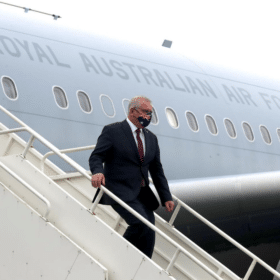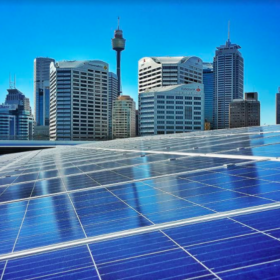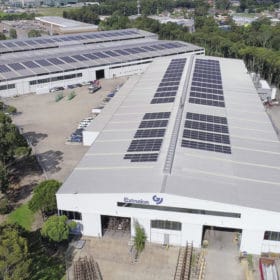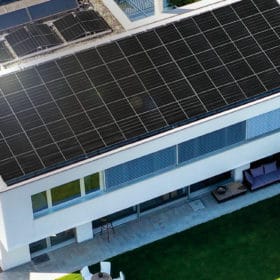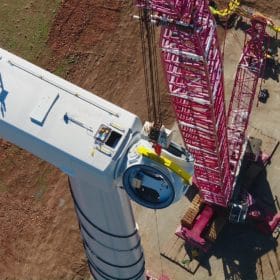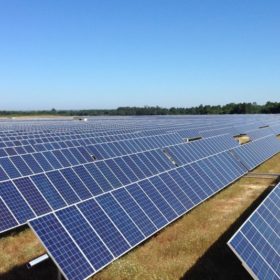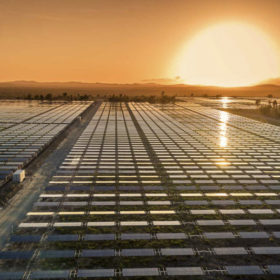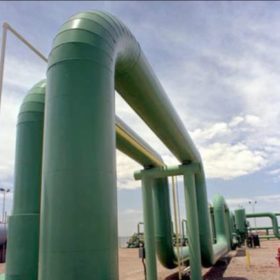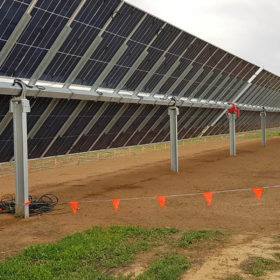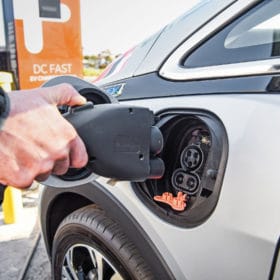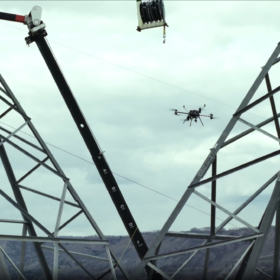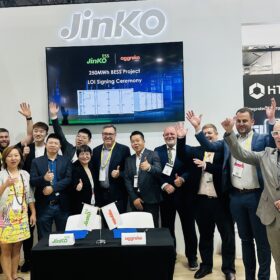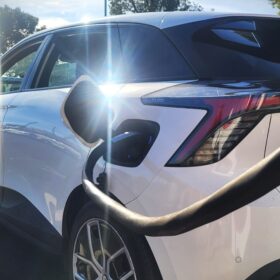Morrison blowing in the wind, sheltering in hydrogen ambitions at the G7 Summit in Cornwall
Alliances with Germany and Japan to develop and commercialise emissions-reducing technologies would be a coup for Australia, if there were any concerted efforts at home to reduce emissions in line with international initiatives, and transition Australian industries to be competitive in a carbon-pricing world.
Tracking the transition: the ‘forgotten’ emissions undoing the work of Australia’s renewable energy boom
Climate and energy specialists at the Australian National University have published a working paper on the data that will create a set of indicators to quantify the progress of Australia’s energy system transition. Initial findings show that despite renewables-driven strides in electricity supply, reductions in emissions have come from elsewhere, and the transport, industry and buildings sectors are dragging the country backwards.
Saturday read: Return of the sun tax
Australia’s success with widespread residential take-up of solar PV installations may be facing a stumbling block, a new proposal by the Australian Energy Market Commission (AEMC), the rule maker of the nation’s grid. And for solar veterans, the development summons the ghoul of Spain’s infamous “sun tax.”
LG claims new rooftop module range ideal for Australia
South Korean solar module maker LG Electronics has unveiled a new range of solar panels for residential and commercial PV projects which it has described as the most reliable and efficient renewable energy solution it has yet created.
Telstra dials up its renewable energy commitment
Telecommunications giant Telstra has continued it transition to renewable energy, signing a long-term agreement to purchase electricity from the Crookwell 3 Wind Farm being built near Goulburn in New South Wales.
Japanese duo team up to build Queensland solar farm
Japan’s biggest oil refiner Eneos and Tokyo-based trading house Sojitz have entered the large-scale solar sector in Australia, announcing they will build a 204 MW solar farm in Queensland.
Queensland commits $2bn to renewable energy projects
The Queensland government has underscored its commitment to a clean energy future, announcing a $2 billion fund to be used to finance new renewable energy and storage projects, hydrogen production and clean energy resources projects.
Why green hydrogen is reaching tipping point
An increasingly dynamic low-carbon hydrogen market has seen a deluge of government support, corporate commitments, announced projects and even bystander intrigue over the past 18 months. We believe this activity amounts to a paradigm shift which will see green hydrogen – hydrogen created from the electrolysis of water using renewable energy – emerge as a key element of the energy transition.
Victorian solar farm included in international agrisolar program
Italian energy giant Enel will implement an experimental agrisolar program at its 34 MW Cohuna Solar Farm in Victoria with data from the research project to be used to help formulate a “best practice” template for utility scale solar PV sites in other countries.
Check your mirrors: 3 things rooftop solar can teach us about Australia’s electric car rollout
Governments and car manufacturers are investing hundreds of billions of dollars on electric vehicles. But while the electric transport revolution is inevitable, the final destination remains unknown.
